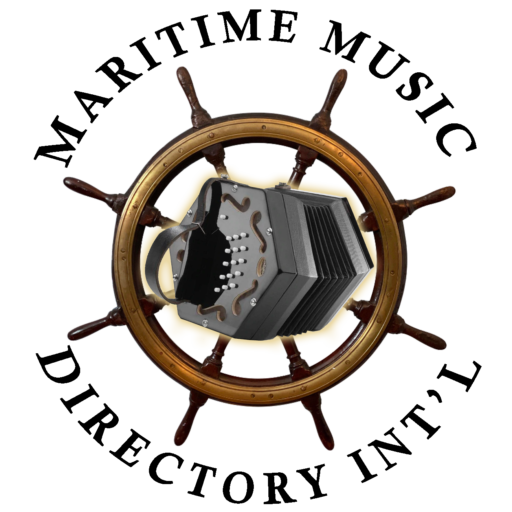The short answer is that maritime music is what you will hear at a contemporary maritime music festival anywhere – it is not just sea shanties.
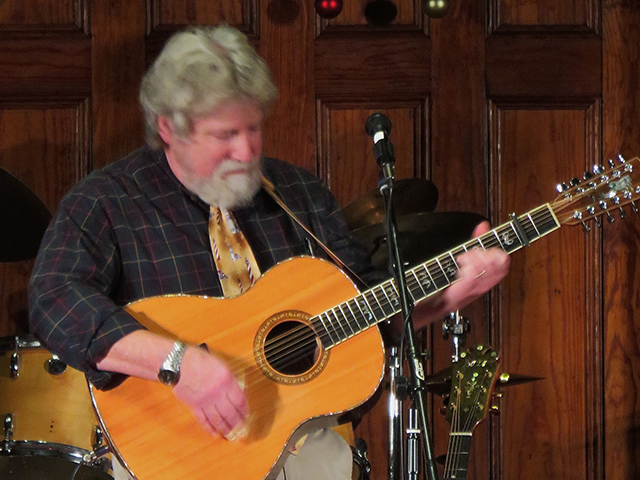
You’re going to hear a lot of traditional sea shanties, of course. Not everyone knows it, but sea shanties were work songs sung by groups of sailors on tall ships. They were used to keep rhythm for lengthy and repetitious tasks, allowing them to work together in large numbers. A bunch of them stood in line, all holding a rope and the songs told them when to pull. Sometimes a lot of them walked in circles around a horizontal wheel that pulled up the anchor – the sea shanty told them how fast to walk. Some of them worked a manual pump by either pushing up and down or spun a vertical wheel round-and-round – manually pulling the water from the bottom of the ship and squirting it overboard; the sea shanty showed them a reasonable pace to work. Sea shanties were work songs.
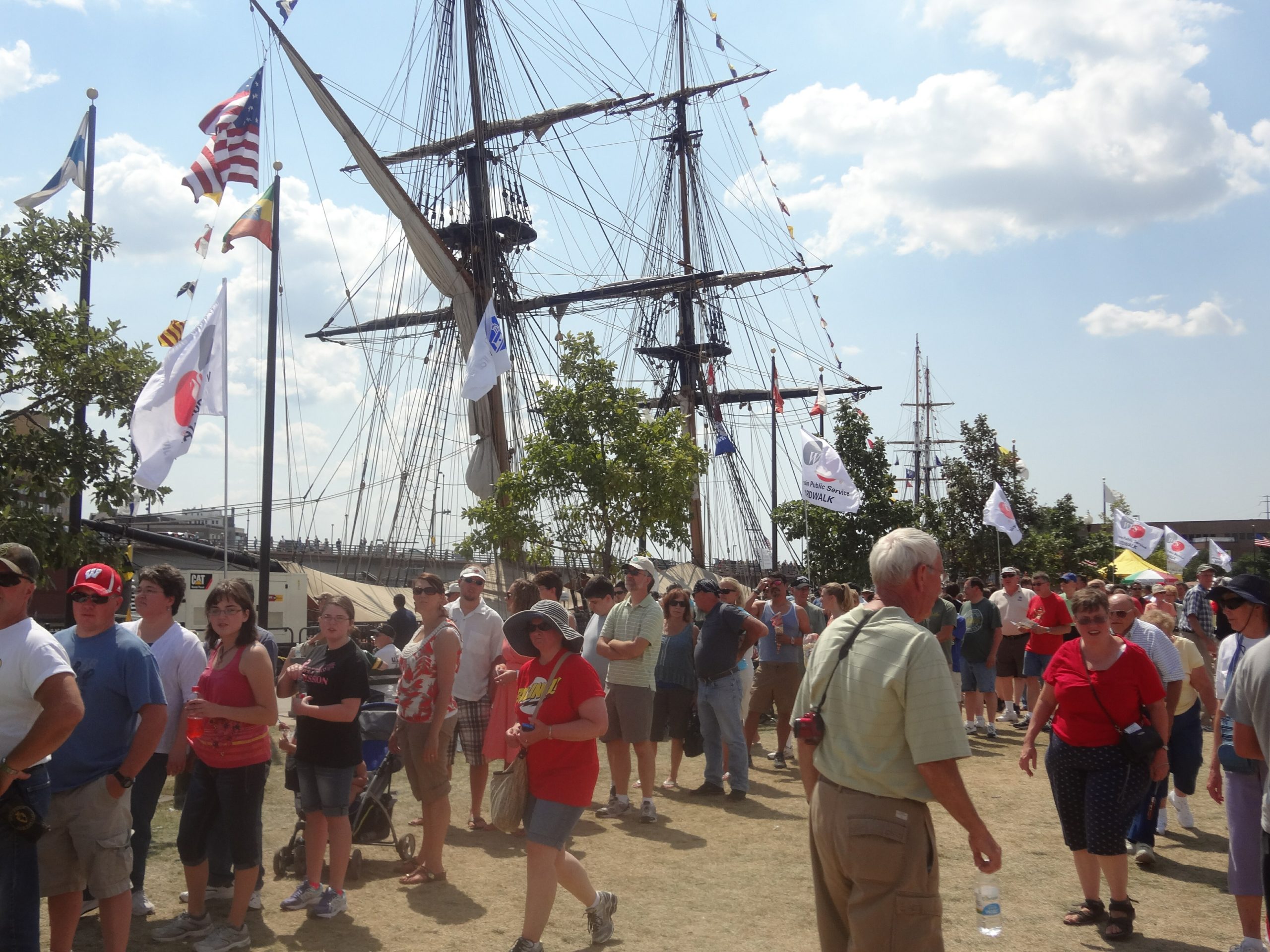
But that is not all of the songs that sailors sang! Typically, particularly in the tall ships in the old days, sailors bunked in the forward-most part of the ship, called the forecastle, but sailors pronounced foc’s’le. When off duty, they sang together, too. These songs were called foc’s’le songs or forebitters. These were not for work, but for the pleasure of the tune, though some shanties crossed back and forth from work to leisure.
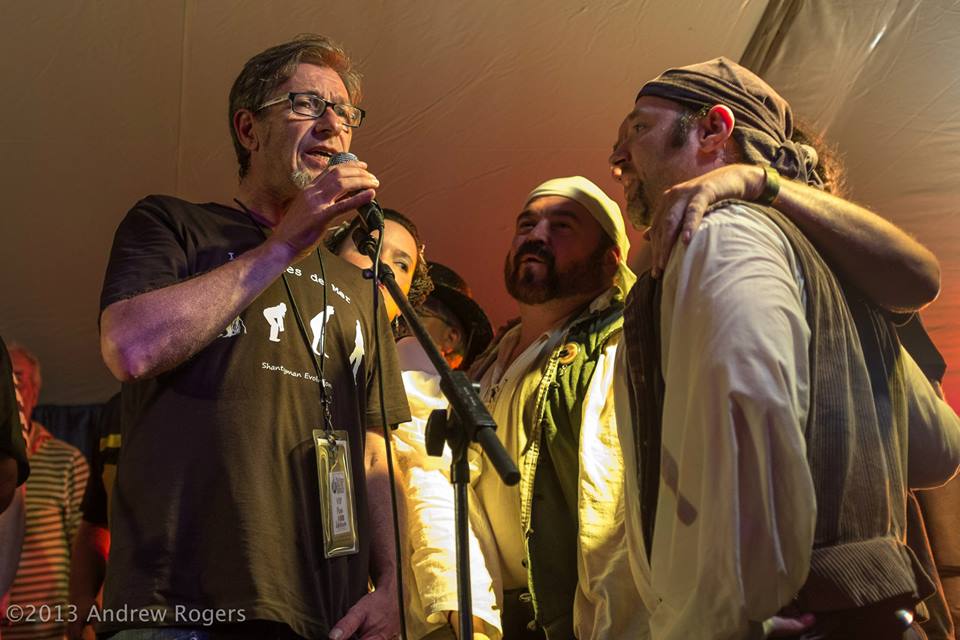
Over the centuries the life of a sailor had become fashionable for the landlubbers to fantasize about, often with absolutely no real knowledge of what life at sea was really like. In the 1700s innumerable broadside songs about Jack Tar (a generic sailor) were published and sung in inns and taverns. In the 1800s there were dancehall tunes and musicals like H.M.S. Pinafore and The Pirates of Penzance that used nautical themes to poke fun at the theater of its day. During the American Civil war, sea shanties, as we know them today, were documented scholastically for the first time, even though there is evidence that sailors – and laborers in general – have been singing songs for work as long as people have been working collectively. As for the 1900s – after World War II there was a folk music revival, spurred in part in response to the cultural changes that the two all-encompassing conflicts brought to society. With the advent of radio, television, and the film industry, a wide variety of cultural heritage songs were rediscovered or were newly created for eager audiences. In the 2000s community folk music clubs had continued long runs of keeping their music alive in North America and Europe. Festivals dedicated strictly to maritime music formalized and became very popular in those areas as well as Australia and New Zealand. Groups of pensioners (retirees) formed shanty choruses to entertain themselves in post-employment life. Bands and individual performers dedicated to maritime music flourished in these years, though many had been performing since the folk revival began around the 1950s.
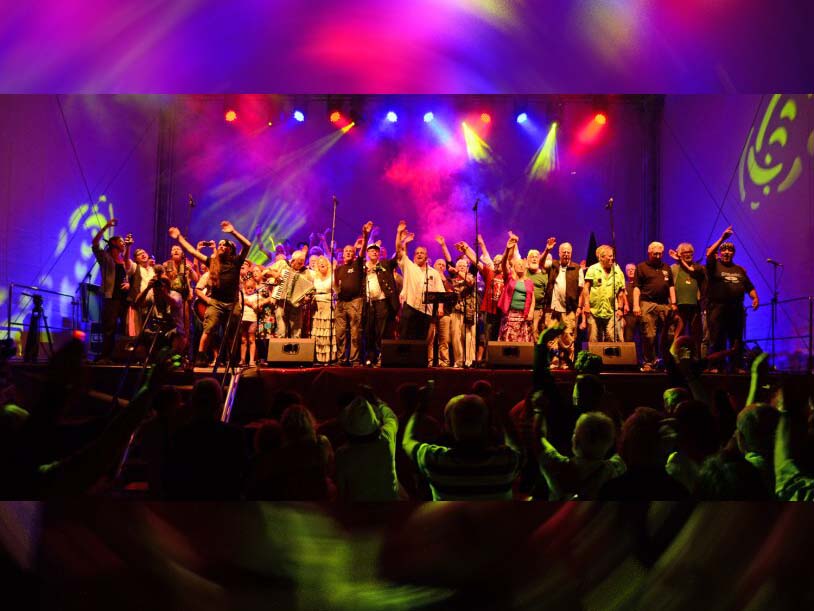
Because music is a living, breathing thing, songs about mariner’s lives continue to appear in popular culture and those songs make their way into modern maritime music festivals. As there are a limited number of documented sea shanties, groups often extend their repertoires into songs about sailors and life in and around the seas – not just songs for sailors at work. Newly written songs in this genre include – but are certainly not limited to, “Marching Inland” and a dozen others by Tom Lewis, “The Ghostly Ship” and a bunch more by David HB Drake, “Roll Call” by Gina Dalby, “Pump Shanty” by Tony Goodenough, and “Cold Winds” by Tom Kastle. And, you can also hear covers of maritime songs originally written and performed by non-maritime music performers such as “Sailing” by Christopher Cross, “The Wreck of the Edmund Fitzgerald” by Gordon Lightfoot or even “Brandy (You’re a Fine Girl) performed by Looking Glass and written by its lead guitarist, Elliot Lurie.
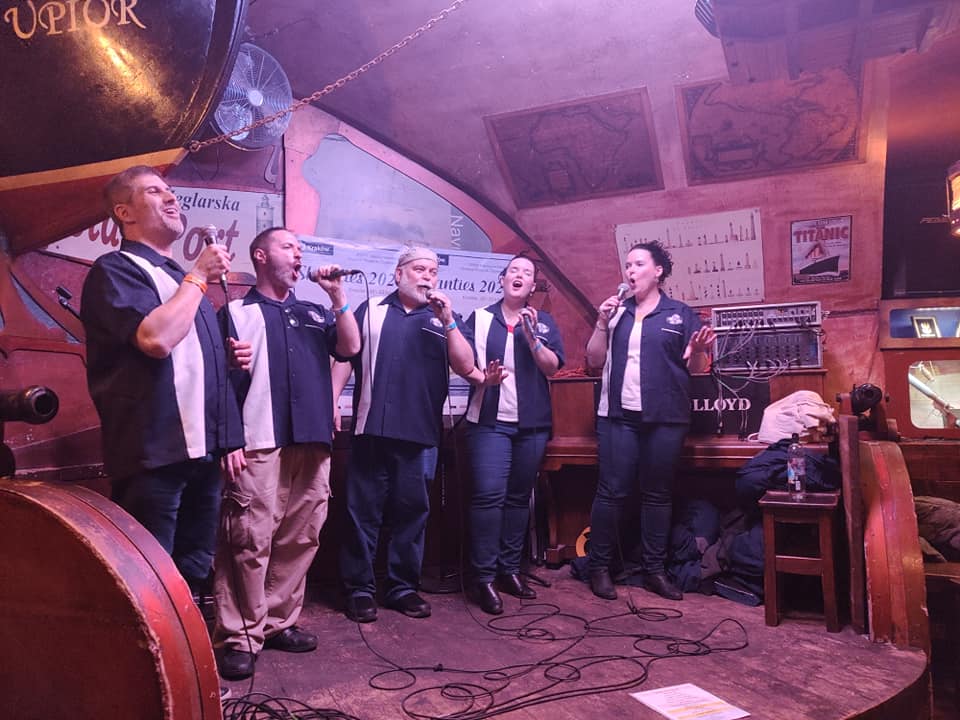
So, what is maritime music? Quite simply, songs of the sea, tall ships and the men and women in and around our world’s waters. All sea shanties are maritime music songs, but not all maritime music songs are sea shanties. Come to one of the many maritime music festivals across the planet and discover this unique and compelling class of music for yourself.
